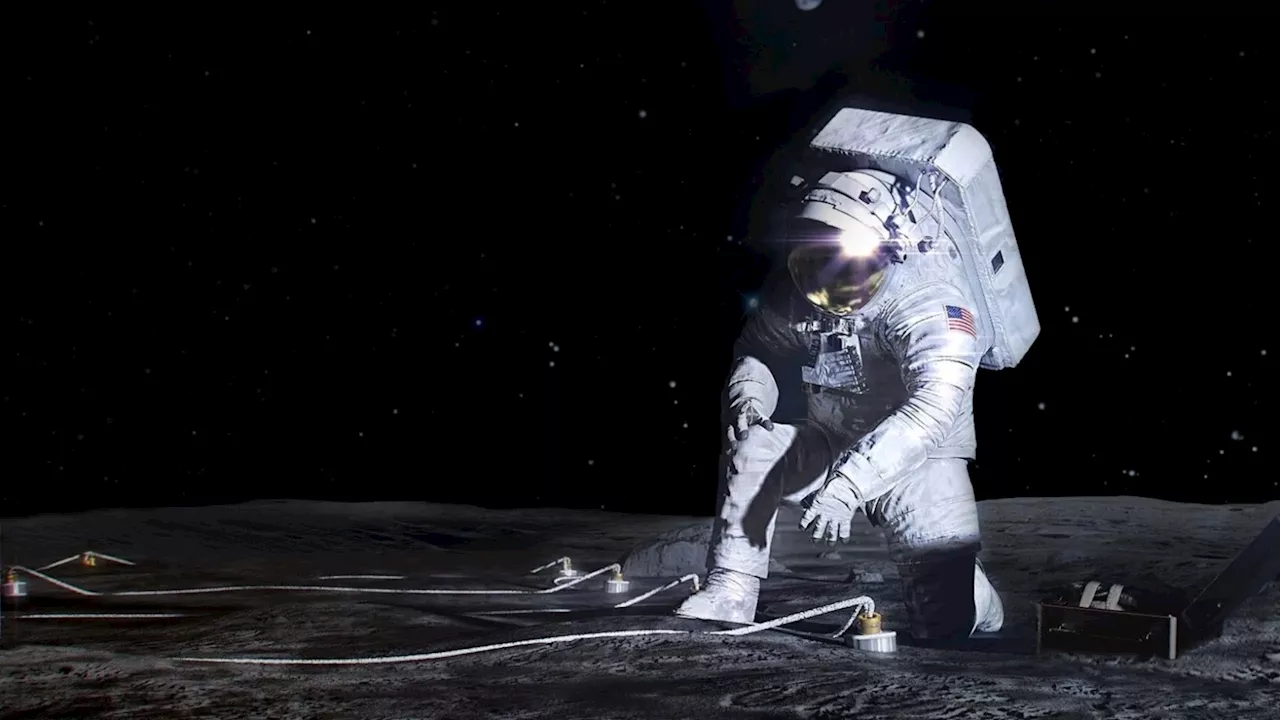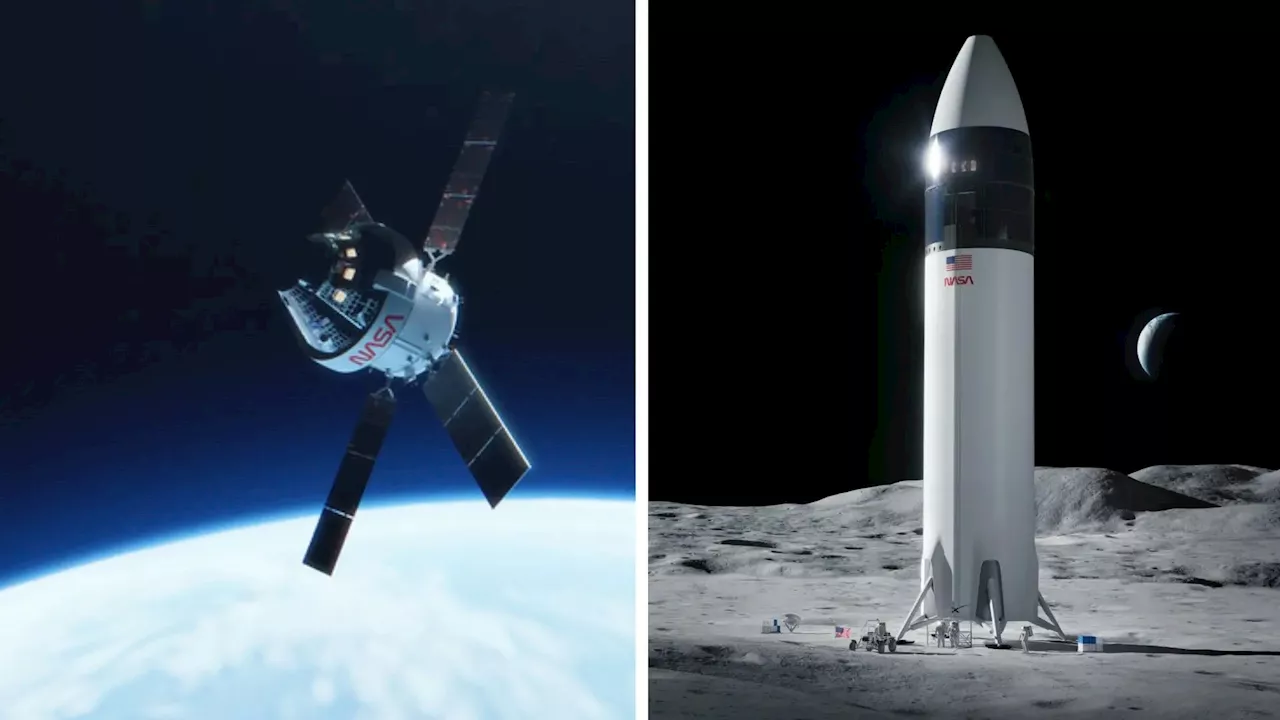NASA’s Goddard Space Flight Center in Greenbelt, Maryland, will build a moonquake detector for astronauts to deploy on the Moon in 2026 during the Artemis III
NASA’s Goddard Space Flight Center in Greenbelt, Maryland, will build a moonquake detector for astronauts to deploy on the Moon in 2026 during the. LEMS is a compact, autonomous seismometer designed to carry out continuous, long-term monitoring of ground motion from moonquakes in the region around the lunar South Pole. The data LEMS gathers will help scientists study the Moon’s internal structure and could help refine our understanding of how the Moon formed.
Benna began conceptualizing the idea behind the LEMS instrument in 2018 after realizing the need for technology that could withstand the Moon’s harsh conditions to measure lunar geophysical activity for a long duration of time. Moonquakes were first observed after Apollo astronauts placed seismometers on the lunar surface during their missions between 1969 and 1972. Moonquakes’ sources include the same tug of gravity between Earth and the Moon that cause ocean tides. In addition, the Moon trembles as it expands and contracts due to temperature changes, like a house creaking when the weather heats up or cools down.
UMBC leads LEM’s science investigation. NASA Goddard will build and operate LEMS. The University of Arizona will supply LEMS’ two state-of-the-art seismometer sensors; Morehead State University in Kentucky will provide LEMS’ telecommunication system and the homebase of the mission’s operation center, and Washington University in St. Louis, Missouri, will manage the instrument’s data processing and dissemination to the larger scientific community.
Earth's Moon Goddard Space Flight Center Technology
United Kingdom Latest News, United Kingdom Headlines
Similar News:You can also read news stories similar to this one that we have collected from other news sources.
 Decoding the Moon: Artemis III’s Revolutionary Instruments ExplainedScience, Space and Technology News 2024
Decoding the Moon: Artemis III’s Revolutionary Instruments ExplainedScience, Space and Technology News 2024
Read more »
 Fly Me to the Moon: New Title for Project Artemis RevealedOriginally called as Project Artemis, the space race movie has now been officially titled as Fly Me to the Moon. Set in the 1960s, the film is directed by Greg Berlanti from a screenplay written by Rose Gilroy. It is produced by Johansson, Jonathan Lia, and Keenan Flynn through their These Pictures banner. Further details about its plot and characters are still under wraps.
Fly Me to the Moon: New Title for Project Artemis RevealedOriginally called as Project Artemis, the space race movie has now been officially titled as Fly Me to the Moon. Set in the 1960s, the film is directed by Greg Berlanti from a screenplay written by Rose Gilroy. It is produced by Johansson, Jonathan Lia, and Keenan Flynn through their These Pictures banner. Further details about its plot and characters are still under wraps.
Read more »
 One of these concept lunar vehicles could join NASA’s Artemis V astronauts on the moonCheyenne is Engadget’s weekend editor and covers a little bit of everything. She’s particularly interested in emerging technology and niche gadgets, climate change, space, privacy, and internet culture. She’ll talk your ear off about Tamagotchis if you get her started.
One of these concept lunar vehicles could join NASA’s Artemis V astronauts on the moonCheyenne is Engadget’s weekend editor and covers a little bit of everything. She’s particularly interested in emerging technology and niche gadgets, climate change, space, privacy, and internet culture. She’ll talk your ear off about Tamagotchis if you get her started.
Read more »
 Artemis III: NASA picks tech to hunt ice, grow plants, listen to moonquakesThe US space agency carefully selected these cutting-edge instruments to help solve the mysteries of the Moon's surface and interiors.
Artemis III: NASA picks tech to hunt ice, grow plants, listen to moonquakesThe US space agency carefully selected these cutting-edge instruments to help solve the mysteries of the Moon's surface and interiors.
Read more »
 Artemis III: A step-by-step guide to the historic 2026 lunar landingThe mission will encompass a multifaceted operation, requiring astronauts to transfer between the Orion space capsule and SpaceX’s Starship HLS lunar lander.
Artemis III: A step-by-step guide to the historic 2026 lunar landingThe mission will encompass a multifaceted operation, requiring astronauts to transfer between the Orion space capsule and SpaceX’s Starship HLS lunar lander.
Read more »
 Artemis 2 Orion spacecraft starts testing ahead of moon mission with astronauts in 2025 (video)Elizabeth Howell (she/her), Ph.D., is a staff writer in the spaceflight channel since 2022 covering diversity, education and gaming as well. She was contributing writer for Space.com for 10 years before joining full-time.
Artemis 2 Orion spacecraft starts testing ahead of moon mission with astronauts in 2025 (video)Elizabeth Howell (she/her), Ph.D., is a staff writer in the spaceflight channel since 2022 covering diversity, education and gaming as well. She was contributing writer for Space.com for 10 years before joining full-time.
Read more »
